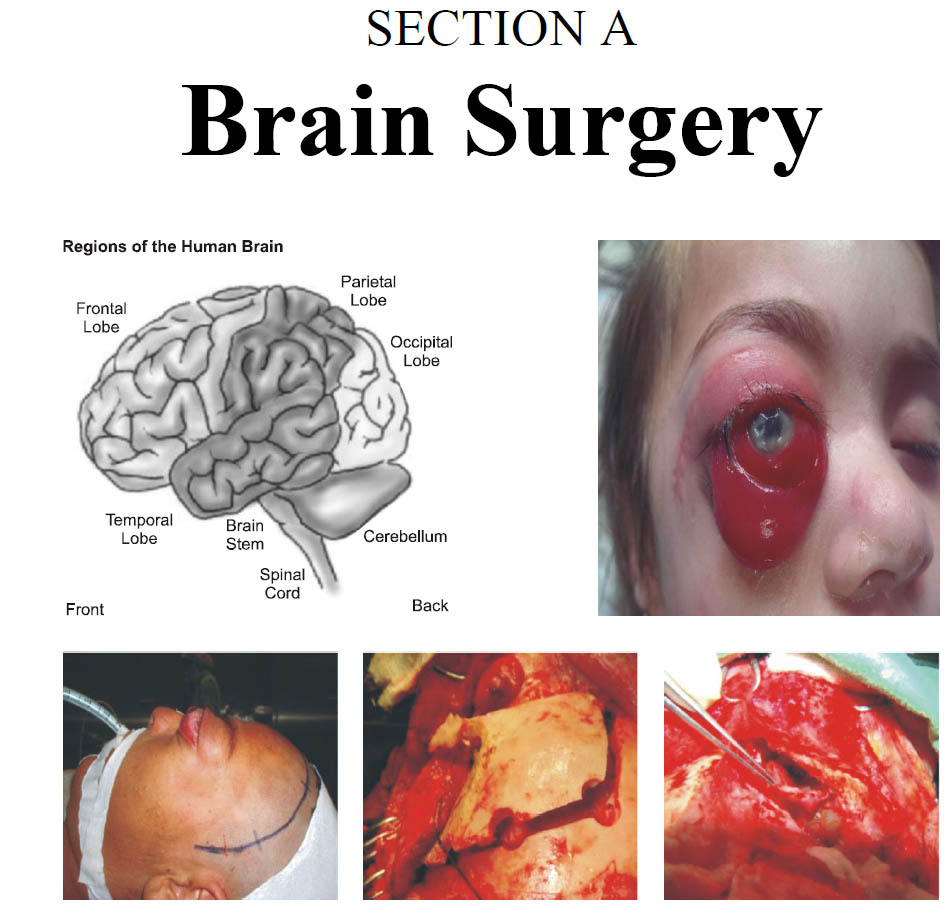Surgical Outcome of Microvascular Decompression for Trigerminal Neuralgia in Terms of Pain Control Using Visual Analogue Scale
DOI:
https://doi.org/10.36552/pjns.v24i3.470Keywords:
MVD, Micro Vascular, Decompression, Trigeminal NeuralgiaAbstract
Objective: The aim of conducting this study was to evaluate the outcome of a Micro vascular Decompression procedure for the definitive treatment of Trigeminal Neuralgia in our setup.
Material and Methods: This observational prospective study was carried out in Neurosurgery unit Hayatabad Medical Complex, Peshawar. A total of 50 patients operated for micro vascular decompression surgeries were enrolled in the study, both genders and any age were in inclusion criteria. Patients previously operated for trigeminal neuralgia were excluded from the study. Post operatively all patients were followed for 1year to calculate the outcome in terms of pain control using visual analogue score (VAS). Immediate pain relief during the first post-operative week and trigeminal neuralgia pain at 1 year post op were recorded and graded into three categories based on Visual Analogue Scale (VAS) such as Excellent: 0-2 , Good: 3-6, Fail/Poor: 7 – 10.
Results: 50 patients fulfilled the inclusion criteria. 22 were male & 28 were female with an age range from 42-78 years. Average duration of disease was 5 years. In 30 patients, clinically v2-v3 were predominantly involved, in remaining 14 patient v1-v2 were involved & only in 6 patients all three branches were involved. Among all operated 50 patients 18(36%) had excellent pain relief, 26 (52%) had good pain relief & 6 (12%) had fail/poor pain relief.
Conclusion: From this data it was concluded that micro vascular decompression is an effective surgical procedure in relieving pain of trigeminal neuralgia in patients who are refractive to medical treatment.
References
2. GB, Maila SK, Rao AL, Reddy AM. Clinical outcome following microvascular decompression for trigerminal neuralgia. Int J Res Med Sci. 2015; (7): 1741-4.
3. Sindhu M. Trigerminal neuralgia: a plea for microvascular decompression as the first surgical option .Anatomy should prevail. Acta Neurachirugica. 2010; 152: 361-64.
4. Ong KS, Keng SB. Evaluation of surgical procedures for trigerminal neuralgia. Anesth Prog. 2003; 50940: 181-4.
5. Jagannath PM, Krishnan N, Venkataramana, Bansal A, Ravichandra M. Outcome of microvascular decompression for trigeminal neuralgia using autologous muscle graft: A five-year prospective study. Asian J Neurosurg. 2012; 7 (3): 125–130.
6. Barker FG, II, Jannetta PJ, Bisonette DJ, Larkins MV, Jho HD. The long-term outcome of microvascular decompression for trigeminal neuralgia. N Engl J Med. 1996; 334: 1077–83.
7. Burchiel KJ, Clarke H, Haglund M, Loeser JD. Long-term efficacy of microvascular decompression in trigeminal neuralgia. J Neurosurg. 1988; 69: 35–8.
8. Katusic S, Beard CM, Bergstralh E, Kurland LT. Incidence and clinical features of trigeminal neuralgia: Rochester, Minnesota, 1945-1984. Ann Neurol. 1990; 27: 89–95.
9. Kolluri S, Heros RC. Microvascular decompression for trigeminal neuralgia. Surg Neurol. 1984; 22: 235–40.
10. Jagannath PM, Krishnan N, Venkataramana, Bansal A, Ravichandra M. Outcome of microvascular decompression for trigeminal neuralgia using autologous muscle graft: A five-year prospective study. Asian J Neurosurg. 2012; 7 (3): 125–130.

Downloads
Published
Issue
Section
License
The work published by PJNS is licensed under a Creative Commons Attribution-NonCommercial 4.0 International (CC BY-NC 4.0). Copyrights on any open access article published by Pakistan Journal of Neurological Surgery are retained by the author(s).












